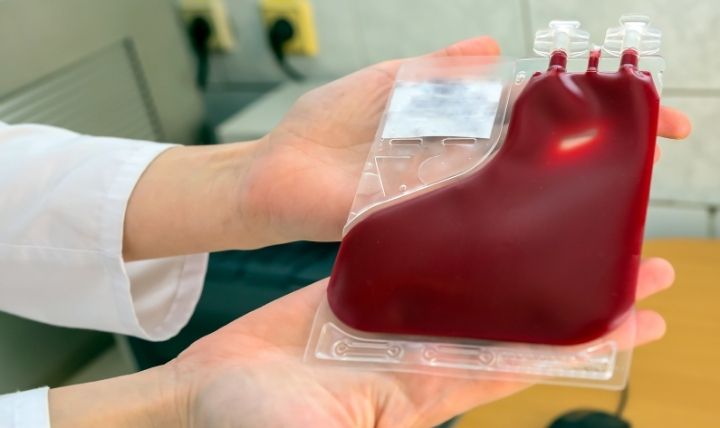
It makes sense to use the word “bank” when we’re talking about storing umbilical cord blood. It’s an investment in your child’s future health, and it’s tough to think of anything more valuable than that. But are we talking about Harry Potter’s Gringott’s, some sort of drive-thru branch, or space-age cyber storage? None of the above—but understanding how cord blood banking works will help you get the big picture.
How To Start
The stem cells and tissue stored in your baby’s umbilical cord have much more healing potential than the ones you can acquire later in their life. Once you’ve made the decision to preserve cord blood, you can enroll with a reputable company like New England Cord Blood Bank.
At the Hospital
You’ll receive a special kit with all the tools you’ll need when the baby is delivered. Make sure you tell your doctor ahead of time that you’ll be saving your child’s cord blood. Once the baby arrives, you won’t be able to focus on anything else.
Your doctor clamps the cord blood like usual, but will place the blood and tissue into a secure bag from the kit. If you want your partner to cut the umbilical cord, they can still do that. Then, you will need to call the blood bank to report the birth of the child, let them know which hospital you are at and coordinate the transfer of the cord blood from the hospital to the blood bank.
At the Bank
Does the bank have rich, dark wood desks everywhere with green-shaded lamps? No—it actually looks like a pristine, high-tech laboratory that’s been thoroughly sanitized. Your baby’s stem cells are separated by a system called the Sepax 2, which has a 99 percent recovery rate.
If you’re finally understanding how cord blood banking works but you’re a little disappointed that it’s not cooler, never fear. Things do get a little bit space-age at this point. The stem cells are frozen at extremely low temperatures, a process called cryopreservation. That’s also how embryos are frozen, and it’s the safest, cleanest way to save them without any damage.
For the Future
The bank’s super-secure containment units are engineered to keep your baby’s stem cells safe even if the building loses power. The containers can still maintain the necessary internal temperatures without electricity. Plus, New England Cord Blood Bank also has an on-site generator on standby.
That’s why banking cord blood is such a powerful gift for your child. The future is uncertain—all you can do is prepare for it the best you can. Learn more about what it could mean for your family by contacting New England Cord Blood Bank today.